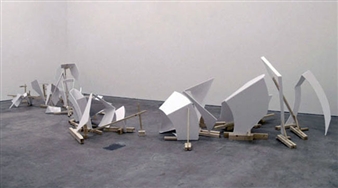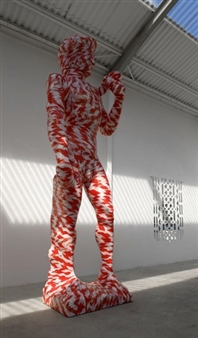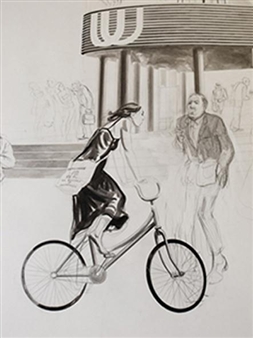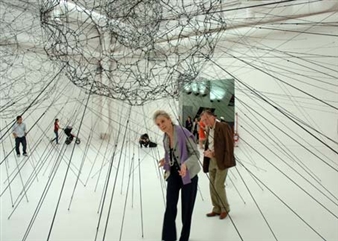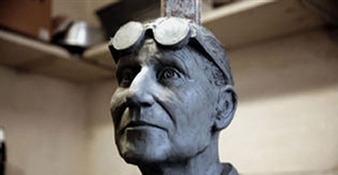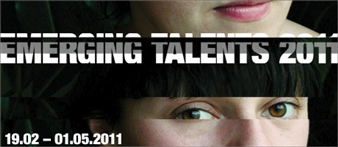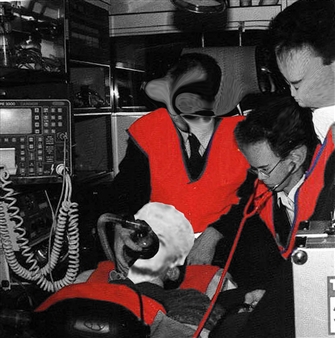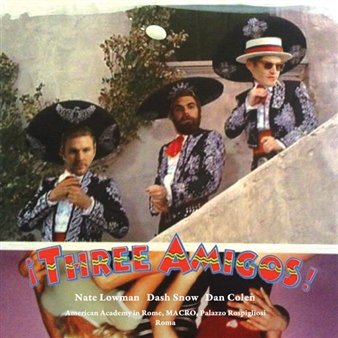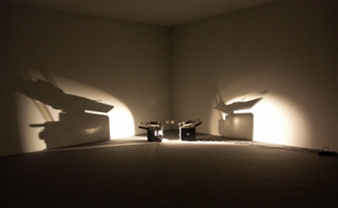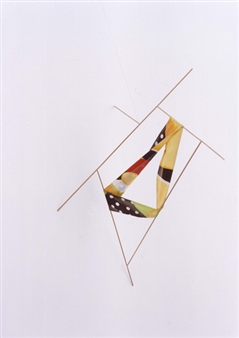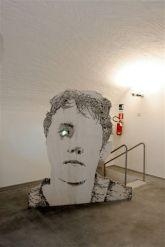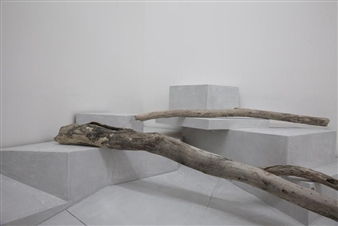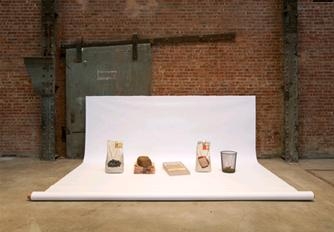Colori. The Emotions of Color in Art
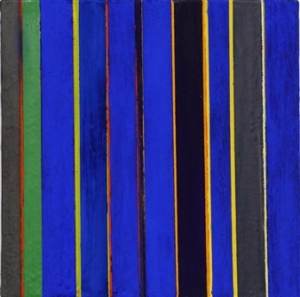
Piemonte, Turin, 05/08/2017 - 07/23/2017
Piazza Mafalda di Savoia
I love red so much that I almost want to paint everything red,” said the artist Alexander Calder. At the end of the 1940s, he set color in motion when he invented his mobiles at the dawn of kinetic art. In the 1980s, Anish Kapoor added, “red is the color of the interior of our bodies. Red is the center.” Later, Asli Çavusoglu recounted how “Ottoman red, a pigment obtained thanks to an ancient Armenian recipe was replaced by the more scarlet red of the Turkish flag after the elimination of the Armenians during the turbulent beginning of the 20th century.”
Çavusoglu’s Red / Red (2015–17) examines the political dynamics that have developed along the border between Armenia and Turkey by means of a color: the red pigment extracted from the Armenian cochineal beetle. The pigment was used by Armenian craftsmen during the Ottoman Empire, before the genocide, and red has been the color of the ag of Turkey since the Republic period. Thus in this work the artist reconstructs the history of a color that is part of the cultural memory of both countries. With the help of the only phytotherapist still able to recover the pigment, Çavusoglu used it to make a series of illustrated books and painted panels that gradually range from the deepest red-purple to the brighter red of the Turkish flag. While the cochineal is very common in Turkey because it is no longer used, in Armenia it has almost disappeared as a result of Soviet policies of industrialization in the 1970s that caused its near extinction.
The perception of color differs from one animal species to another and from person to person, and it is one of the main elements through which we distinguish one thing from another. Our brains see colors a fraction of a second before they distinguish shapes. For thousands of years we ground rocks, crushed owers, and boiled small bugs to extract from them colored particles; we called them pigments and we used them to reproduce the colors of flowers, of butterflies, of fish. We did this so that we could paint, so that we could dye, so that we could signal, so that we could decorate, so that we could seduce, so that we could love.
This exhibition explores the use of color from the 19th century to the present, by suggesting constellations of meanings that redraw the traditional history of color through multiple narratives interwoven with memories, emotions, spirituality, and synesthetic suggestions. Produced in association with the GAM Turin, which holds most of the historic works in the exhibition – with the exception of the paintings by Manet, Munch and Mancini – the show at the Castello di Rivoli also includes contemporary art works from Europe, America, Asia, and Africa, dating mainly from the 1960s to the present. These works are on show in the rooms on the ground floor, the mezzanine, the second and third floors of the Manica Lunga, as well as in the Library, the Theater, and on the third floor of the main building of the castle.
